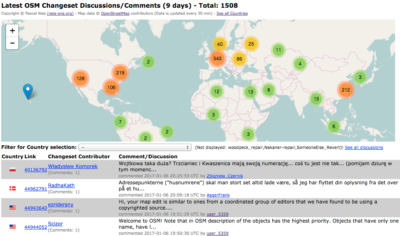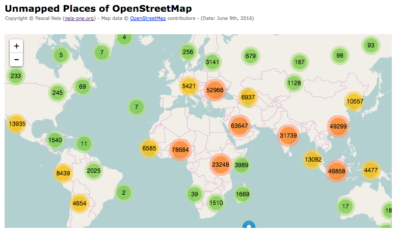Detecting vandalism in OpenStreetMap – A case study
This blog post is a summary of my talk at the FOSSGIS & OpenStreetMap conference 2017 (german slides). I guess some of the content might be feasible for a research article, however, here we go:
Vandalism is (still) an omnipresent issue for any kind of open data project. Over the past few years the OpenStreetMap (OSM) project data has been implemented in a number of applications. In my opinion, this is one of the most important reasons why we have to bring our quality assurance to the next level. Do we really have a vandalism issue after all? Yes, we do. But first we should take a closer look at the different vandalism types.
It is important to distinguish between different vandalism types. Not each and every unusual map edit should be considered as vandalism. Based on the OSM wiki page, I created the following breakdown. Generally speaking, vandalism can occur intentionally and unintentionally. Therefore we should distinguish between vandalism and bad-map-editing-behavior. Oftentimes new contributors make mistakes which are not vandalism because they do not have the expert mapper knowledge. In my opinion, only intentional map edits such as mass-deletions or “graffiti” are real cases of vandalism.



